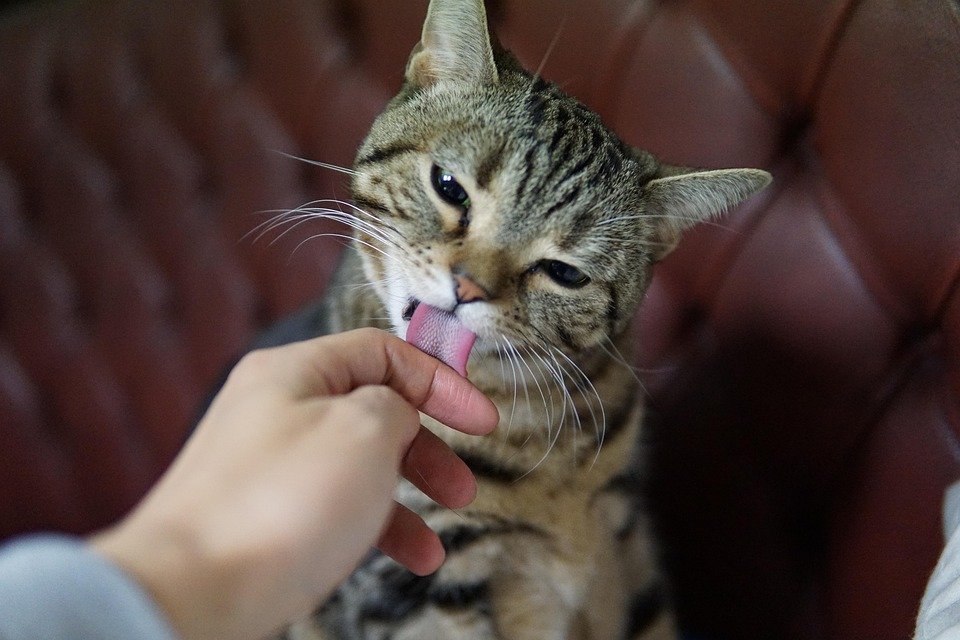
Introduction
Living in a multi-cat household can be a joyful experience, filled with playful antics and purring companionship. However, it also brings unique challenges, particularly when it comes to grooming. Cats are known for their grooming habits; yet, in a household with multiple cats, ensuring each feline remains clean, well-groomed, and healthy requires a strategic approach. This article provides a comprehensive guide to mastering grooming in multi-cat homes, ensuring harmony and hygiene for all your furry friends.
Understanding Cat Grooming Basics
Before delving into multi-cat grooming strategies, it’s essential to understand the basics of cat grooming. Cats are naturally clean animals, often spending a significant portion of their day grooming themselves. This self-grooming helps them remove loose hair, dirt, and parasites while distributing natural oils that keep their coats healthy.
Self-Grooming vs. Owner-Assisted Grooming
While cats are adept at self-grooming, they often need owner assistance, especially in multi-cat homes where competition for grooming attention can be high. Owner-assisted grooming helps reduce shedding, prevent matting, and allows for early detection of health issues such as skin conditions or parasites.
Challenges of Grooming in Multi-Cat Homes
Grooming multiple cats presents several challenges that single-cat owners may not face. These include:
Increased Shedding
With more cats, there’s more fur, leading to increased shedding. This not only affects your home’s cleanliness but can also lead to hairballs and matting if not managed properly.
Stress and Aggression
Cats are territorial creatures, and grooming can sometimes lead to stress or aggression, especially if one cat feels threatened or jealous of another receiving more attention.
Individual Grooming Needs
Each cat has unique grooming needs based on their breed, age, and health. Long-haired breeds require more frequent grooming than short-haired ones, for example.
Strategies for Effective Multi-Cat Grooming
Successfully managing grooming in a multi-cat household involves both planning and practice. Here are some strategies to consider:
Establish a Routine
Consistency is key in managing a multi-cat grooming schedule. Set aside specific times each week for grooming sessions. This routine helps cats know what to expect and reduces anxiety related to grooming activities.
Use the Right Tools
Invest in high-quality grooming tools suitable for your cats’ specific needs. For example, a slicker brush is great for long-haired cats, while a rubber grooming mitt may be more suitable for short-haired breeds. Consider using a deshedding tool to manage excessive shedding.
Separation During Grooming
To minimize stress and territorial aggression, consider grooming each cat separately in a quiet, private area. This helps each cat receive individualized attention and reduces competition.
Positive Reinforcement
Use treats and positive reinforcement to make grooming a pleasurable experience for your cats. Reward them after each grooming session to create a positive association with the activity.
Addressing Specific Grooming Needs
Each cat in your household may have specific grooming requirements. Addressing these needs individually ensures that each cat maintains optimal hygiene and health.
Long-Haired Cats
Long-haired breeds such as Persians and Maine Coons require daily brushing to prevent matting and tangles. Use a fine-toothed comb to gently work through any knots, and a slicker brush to remove loose fur.
Short-Haired Cats
While short-haired cats require less maintenance, they still benefit from regular brushing to reduce shedding and hairballs. A grooming glove or soft-bristle brush works well for these breeds.
Senior Cats
Older cats may not groom themselves as efficiently due to arthritis or other age-related issues. Assist them with regular brushing and pay attention to areas they might miss, like their hindquarters or underbellies.
Cats with Special Needs
Cats with health issues such as skin conditions or obesity may require special grooming attention. Consult your veterinarian for advice on managing these specific needs.
Maintaining a Clean Environment
A clean environment is crucial in a multi-cat household to support effective grooming. Regularly vacuum and clean areas where your cats spend time to reduce loose fur and dander. Consider using air purifiers to improve air quality and reduce allergens.
Health Checks During Grooming
Grooming time is an excellent opportunity to conduct health checks. While grooming, look for signs of skin issues, parasites, or abnormal lumps. Check their ears and teeth for signs of infection or decay and note any changes in behavior or weight. Early detection of health issues is vital for effective treatment.
Dealing with Grooming Challenges
Some cats may resist grooming efforts, making the process challenging. Here are some tips to overcome common grooming challenges:
Grooming-Resistant Cats
For cats that resist grooming, start with short sessions and gradually increase the duration as they become more comfortable. Use treats and gentle reassurance to build trust.
Aggression During Grooming
If a cat becomes aggressive, stop the session immediately and allow them to calm down. Try again later, ensuring the environment is quiet and stress-free. If aggression persists, consider seeking professional help.
Professional Grooming Services
In some cases, professional grooming services may be beneficial, particularly for cats with complex grooming needs or severe matting. Professional groomers have the expertise and tools to manage challenging grooming situations safely.
Conclusion
Mastering grooming in a multi-cat household requires dedication, patience, and an understanding of each cat’s unique needs. By establishing a consistent grooming routine, using appropriate tools, and addressing each cat’s specific requirements, you can ensure a harmonious and healthy environment for all your feline companions. Remember, grooming is not just about keeping your cats looking good, but also about fostering a strong bond and ensuring their overall well-being.






